Sony 28mm F2.0 versus 35mm F2.8
Marc Heijligers, 21-02-2016This is a comparison of the Sony FE 35mm F2.8 and the Sony FE 28mm F2.0. Which one is the best in terms of sharpness or bokeh?
Build Quality
Both lenses have the same feel, they are light and a bit “plastic”, the overall impression is OK. The 35mm lens is really small and light (120gr). I removed the lens hood, and bought a lens cap to make it as small as possible. Combined with the Sony A7RII it even fits in a LowePro Apex 100 bag (tight, but it fits). The 28mm is a bit larger and slightly heavier (200gr), you’ll need a bigger bag, but this is still an easy to handle combi, and it is smaller than a traditional DSLR with a 28mm combi.Underneath you see the difference in size, the 35mm lens (left) and the 28mm (right) when mounted on a Sony A7RII.
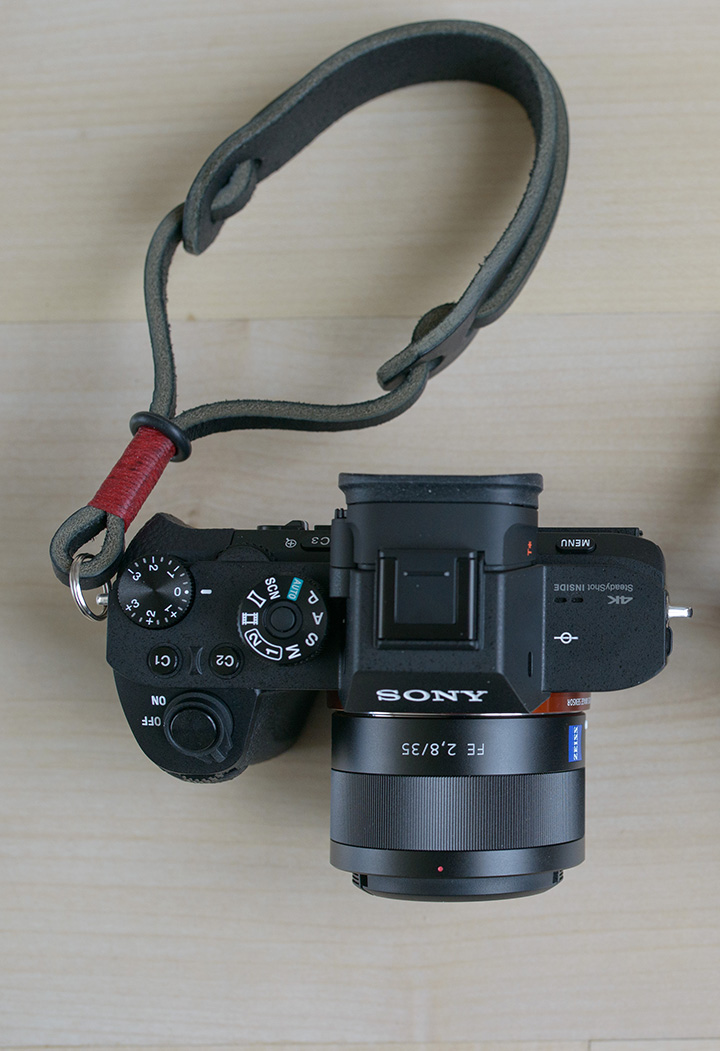

Optical Quality - Sharpness
Several sources (e.g. SLRgear, DXOmark, ColorFoto) report that both lenses have a good centre sharpness. The main difference is how these lenses develop the corner sharpness over aperture. According to the figures, the 35mm should have a better corner sharpness up to f4.0, at higher aperture values the 28mm should be better.28mm:

35mm:

To evaluate both lenses under practical conditions, I have tested them with 2 scenes, where the main object is at various distances, one (bookshelf) is at 2m distance, and one (landscape with houses) are at > 100m distance. For details, see the extensive sharpness comparison page.
Up to f4.0 the 35mm is indeed sharper in the corners, but from then onwards the 28mm becomes as good/better. When considering asymmetric sharpness due to the tilted lens element, the 35mm lens is a bit blurred on the left side, whereas the 28mm lens is blurred at the right side (see the Sony Lens Quality page for more information).
The first example shows a crop on the left side of the lens (the 28mm lens on the left, the 35mm lens on the right, both at f5.6). As you can see the 35mm remains blurred. The second example shows a crop at the right side of the lens (the 28mm lens on the left, the 35mm lens on the right, both at f5.6). As you can see the 28mm lens shows acceptable sharpness at f5.6 (and fully sharp at f8.0).
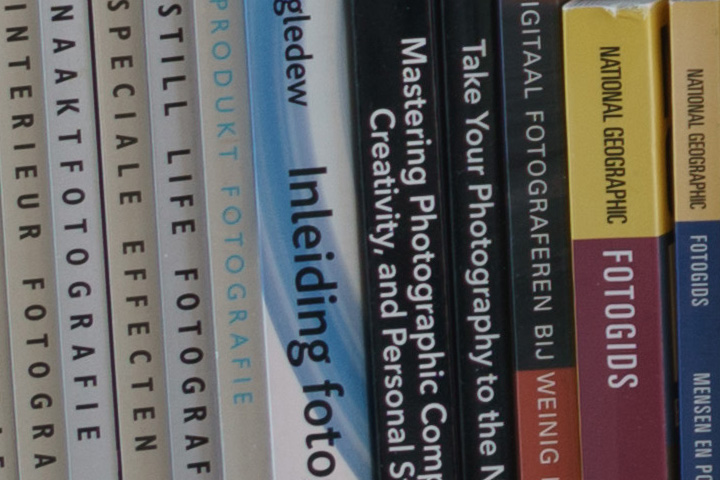
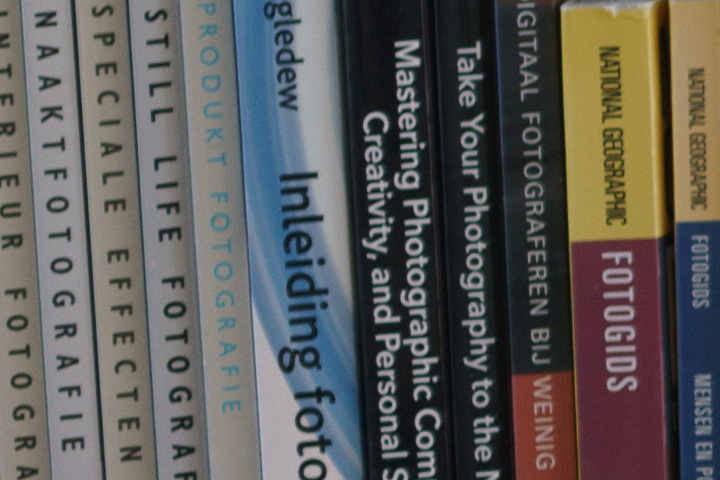

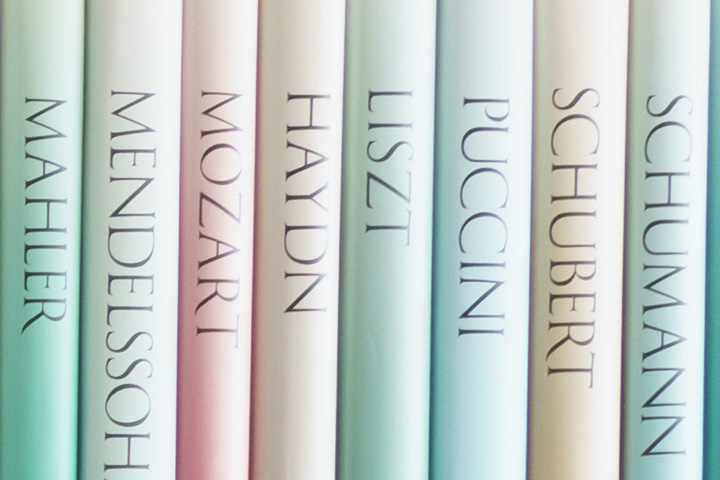
Optical Quality - Bokeh
When considering out-of-focus rendering, the Sony 28mm lens has a smoother rendering. One reason is of course the wider aperture of f2.0, which gives a one stop advantage over the largest f2.8 aperture of the 35mm lens. See the example below (the 28mm lens on the left at f2.0, the 35mm lens on the right at f2.8).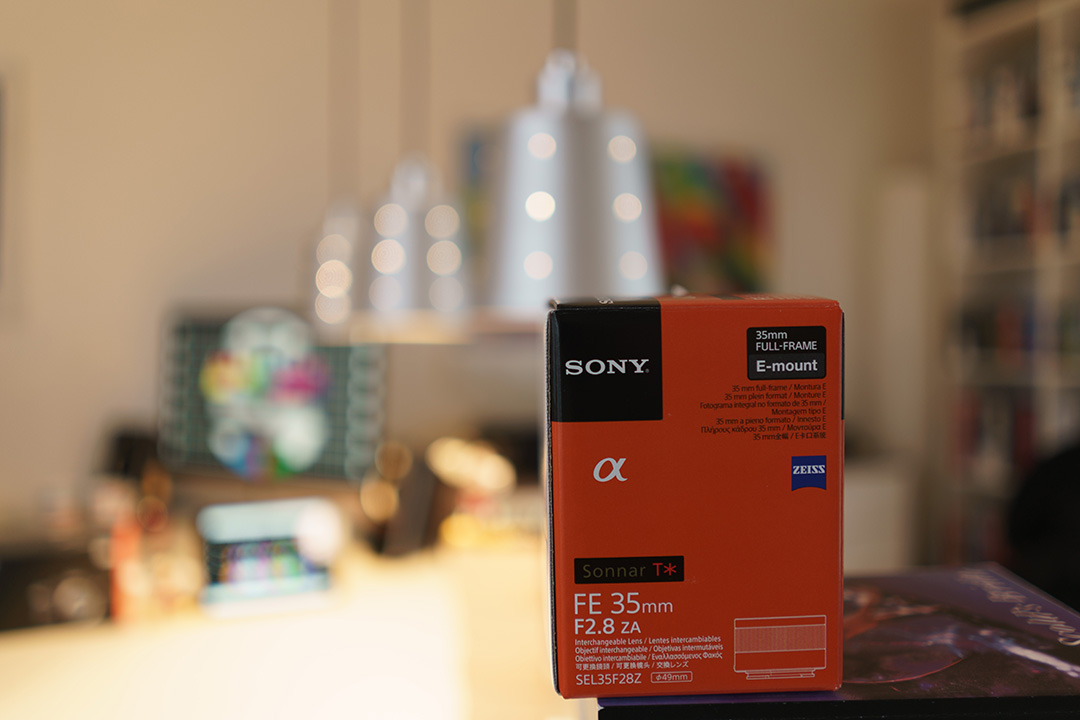







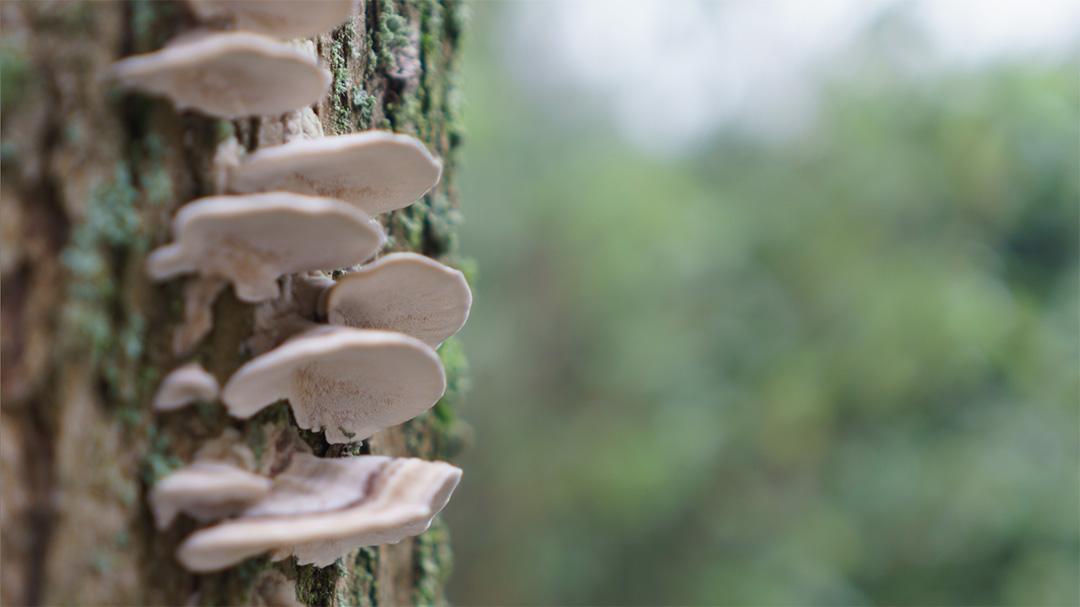
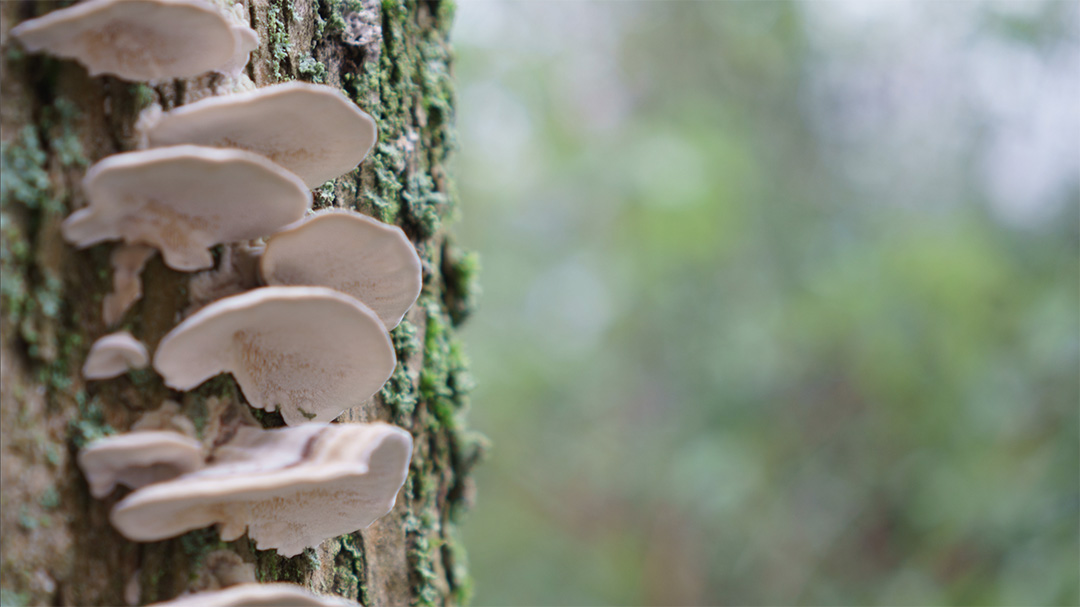

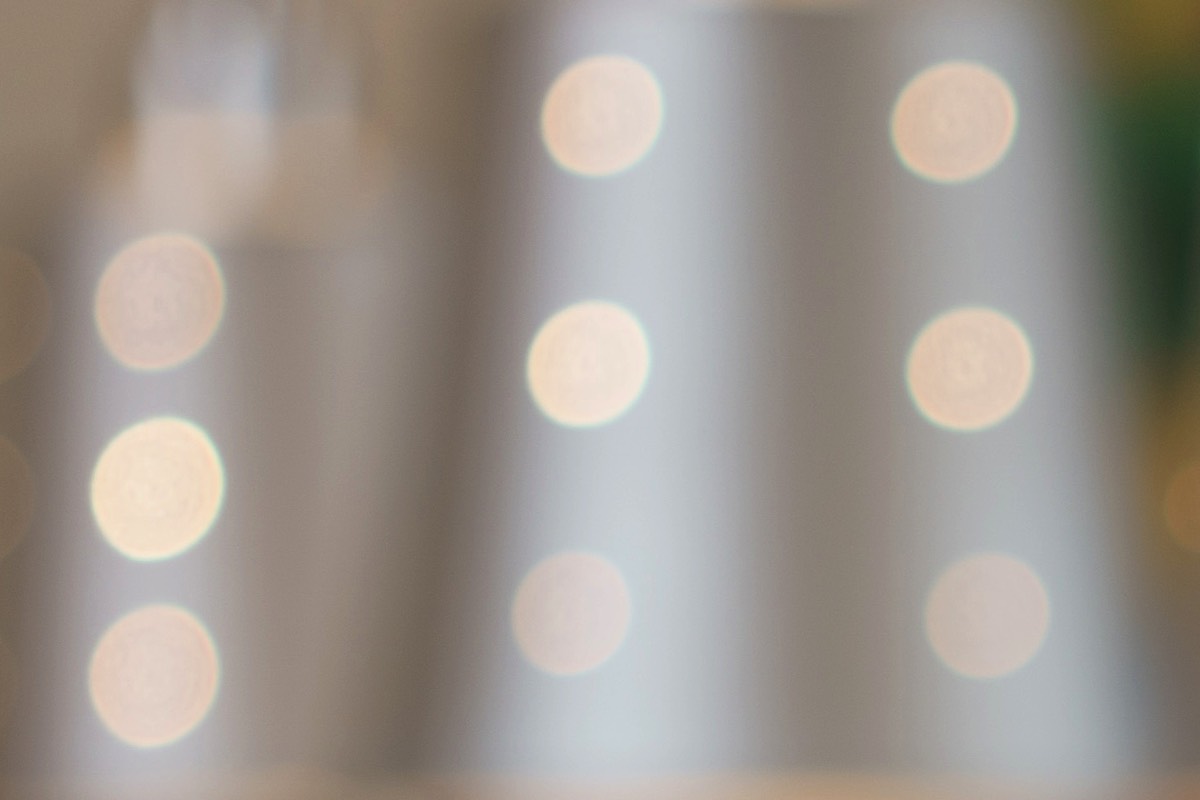
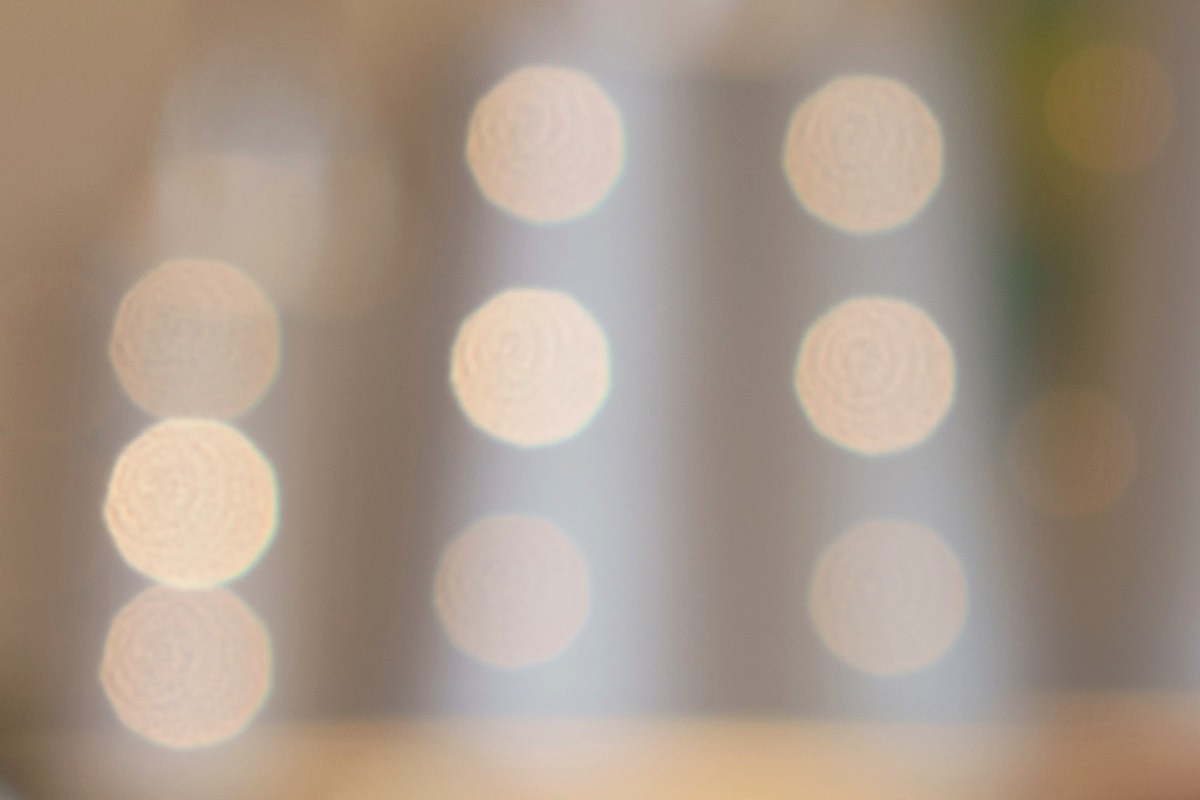

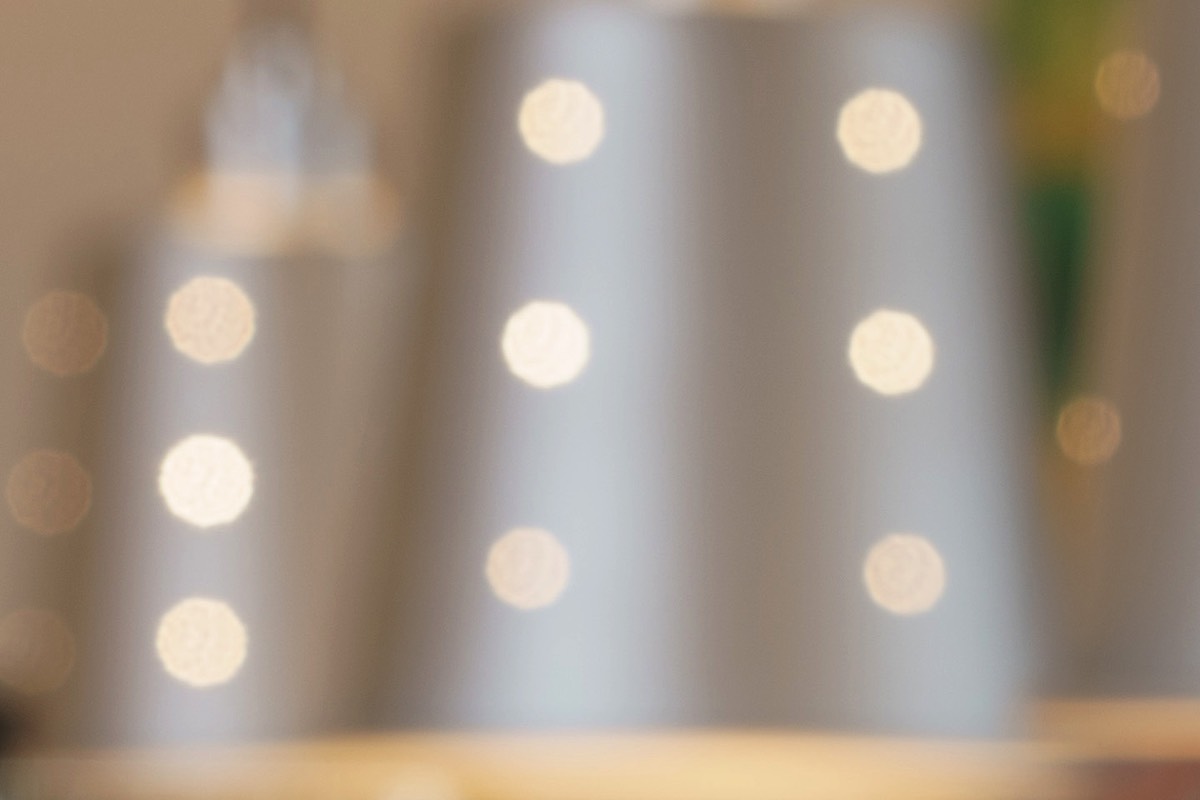

Alternatives
In the 25 to 35mm range, there are some alternative lenses for the Sony:- Sony FE 35mm F1.4: A more detailed comparison with the 35mm F1.4 and F2.8 lenses can be found here. It is obvious that the subject isolation and bokeh quality of the 35mm F1.4 is better, but the 35mm F2.8 lens is sharper, and has a big advantage in terms of size and weight. An example of the out-of-focus rendering of the 3 lenses can be found below (with from left to right the 35mm F1.4 at f1.4, the 28mm at f2.0, and the 35mmm F2.8 at f2.8).

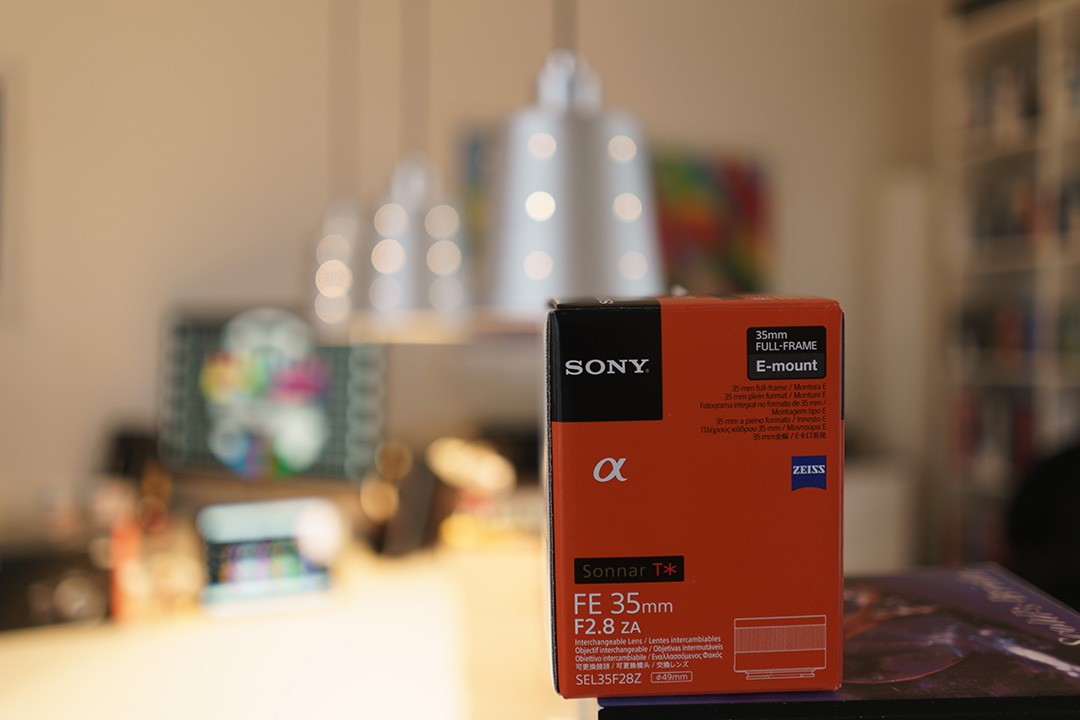

- Zeiss Loxia 35mm F2.0: A manual focus lens, I haven’t tested it myself. It’s bokeh is reported to be better than the 35mm F2.8 lens (but its sharpness not).
- Zeiss Batis 25mm F2.0: Although 25mm sounds close to 28mm, it is definitely a much wider lens with another style of photography. In tests the lens is raved about its better (corner) sharpness, but the bokeh is not much different from the 28mm. The lens is much bigger and heavier. I hope to be able to test this lens in a later moment in time.
- Sony FE 16-35mm F4.0: This zoom lens is bulky and heavy, and will certainly be less sharp and have less impressive out-of-focus rendering than the above lenses. Especially interesting when you want to go wider.
Links
There are not so many comparisons on the web where the 28mm F2.0 and 35mm F2.8 lens are compared directly, below are some links:- Fred Miranda compares the 28mm and 35mm with the Sony RX1R.
Sample Images
Although the 28mm does give a smoother rendering, that doesn’t mean that the 35mm lens gives a bad bokeh rendering. The picture below of some tulips was made with the 35mm lens @ f2.8, close to the flowers. As you can see the rendering of the background is nice and buttery, and in such a case “sufficient” is more important than “better”.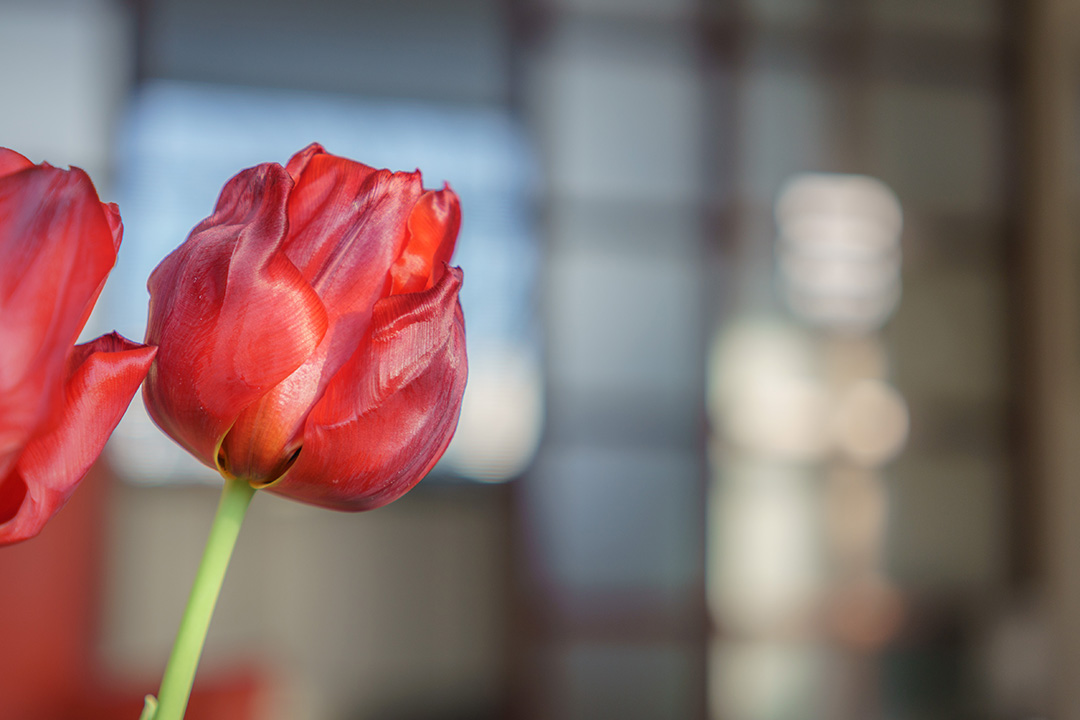
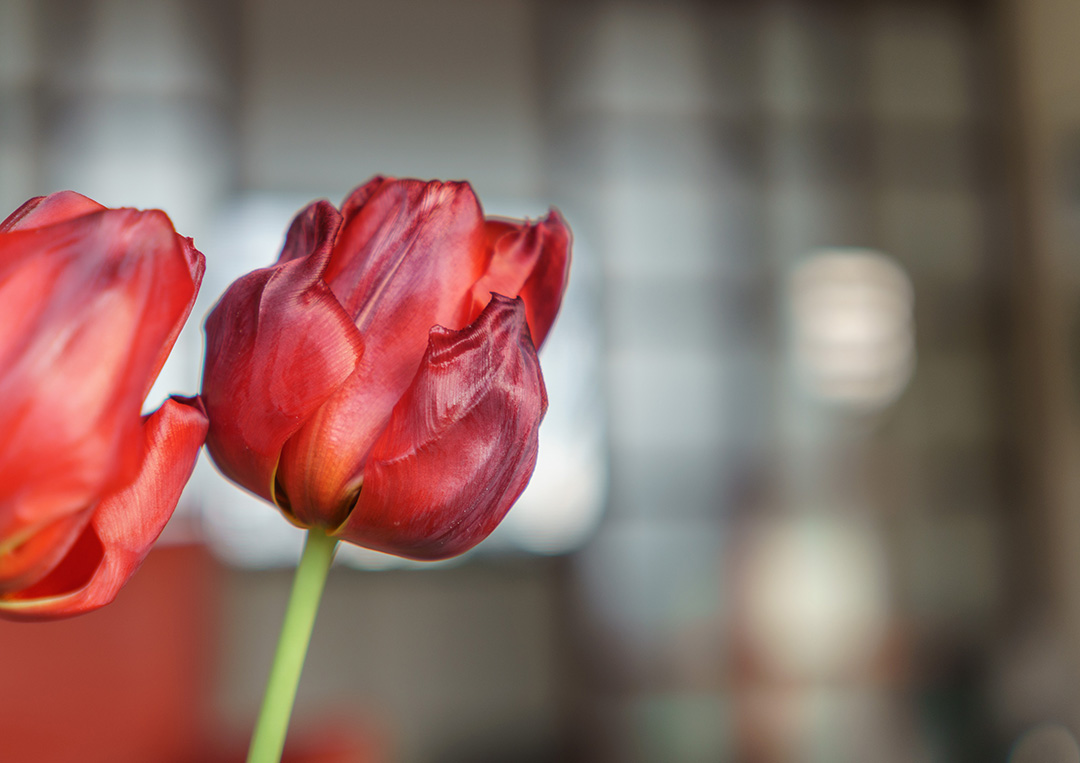
Conclusions
Both lenses have comparable sharpness, the 28mm has better isolation for out-of-focus objects due to the larger aperture. would say the 28mm is the better lens. Especially when paired with the 55mm F1.8 lens, you have a perfect combination for many situations (which is the reason I bought both).The reason why I’ve still decided to buy the 35mm F2.8 lens additionally is because of its size and weight. It is the perfect single walk-around lens, especially if you want to go light-weight on occasions like holidays or receptions, and it will certainly not disappoint with its performance. If you want to go for more tailored photography, and you have no issue in carrying around a bigger combination and/or you need to isolate your subject more, or want to do more wide-angle architectural or landscape photography, then the 28mm is my favorite choice over the 35mm.
